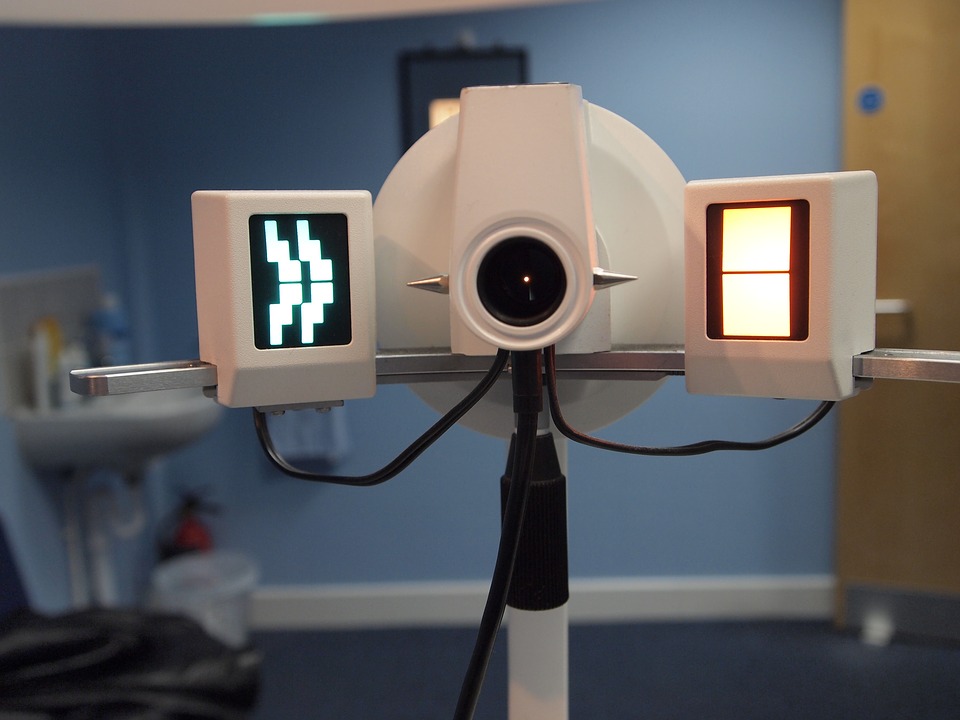Two focuses of my blog are Health/Wellness and Technology. Many illnesses and conditions that made life unbearable a century ago are now treatable and curable due to technology. What’s also true is that our new medical technologies are driving down the costs of healthcare. The following contributed post is entitled, Technology Is Finally Pushing Down Healthcare Costs. Thank Goodness.
* * *
Experts evaluating the costs of healthcare tell us that it is nothing but up, up, up from here on out. The prices of advanced technology combined with an aging population mean that we have no choice but to bite the financial bullet. As the health of the nation deteriorates, the cost of medicine will go up. There’s no way around it.
But is this the whole truth? Is there really nothing we can do to push down the cost of healthcare?

It turns out that technology may hold the answer to the problem. While it is still early days, there are indications the tech – as applied to the medical industry – will likely have the same effect as it does everywhere else: namely, bringing costs down.
Telehealth Brings Down Costs Tremendously
Imagine if you could connect with a doctor and talk to them via the internet, no matter where you were in the world. A technology like that could dramatically bring down the costs of medicine.
Think about it. When doctors operate using telehealth systems, they no longer have to be tethered to an expensive clinic. Instead, they can work from wherever they like, eliminating transport and overhead costs. There’s no longer a need to charge fees to pay rent or anything like that. It is just a direct transfer of services via the world wide web.
Furthermore, Delaware County telehealth research indicates that there is no substantive difference between in-person and online appointments. Patients get the same quality of care, regardless. So could this be a technology of the future? Almost certainly.
Anti-Aging Medications Could Prevent Disease
Experts believe healthcare costs will spiral out of control in the coming years because of the aging population. As millennials retire, they will get all the same expensive health conditions as boomers, and the nation’s finances will deteriorate.
But that logic assumes that aging is an inexorable force we can do nothing about. It is not. In fact, there are already techniques that you can use to improve the chance that you will live considerably longer than otherwise.
Basics such as diet and exercise are one option. But researchers at Harvard and The University of California are making headway in their quest to find chemicals that tap into anti-aging pathways. You can already buy a bunch of supplements based on the technology through Amazon, and many of them stand a good chance of working. It is the closest thing we have right now to a fountain of youth.
Cheaper Diagnostics Improves Efficiency
Diagnosing patients is costly. Doctors have to take samples and then ship them to expensive labs where paid technicians carry out the tests. The whole process is long and time-consuming.
The emergence of cheap diagnostic devices, however, could change all that. Instead of requiring an entire lab, technology miniaturized it down to the size of a large office printer, thus reducing the cost. Physicians can then take samples, feed them into the machine, and get an output they can interpret for diagnosis.
Now, doesn’t that sound like a brighter future?
